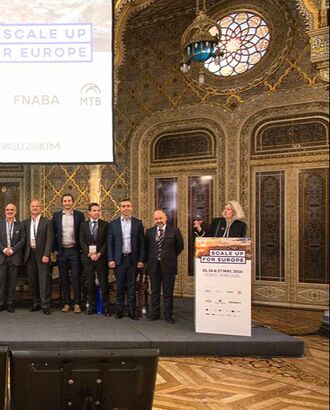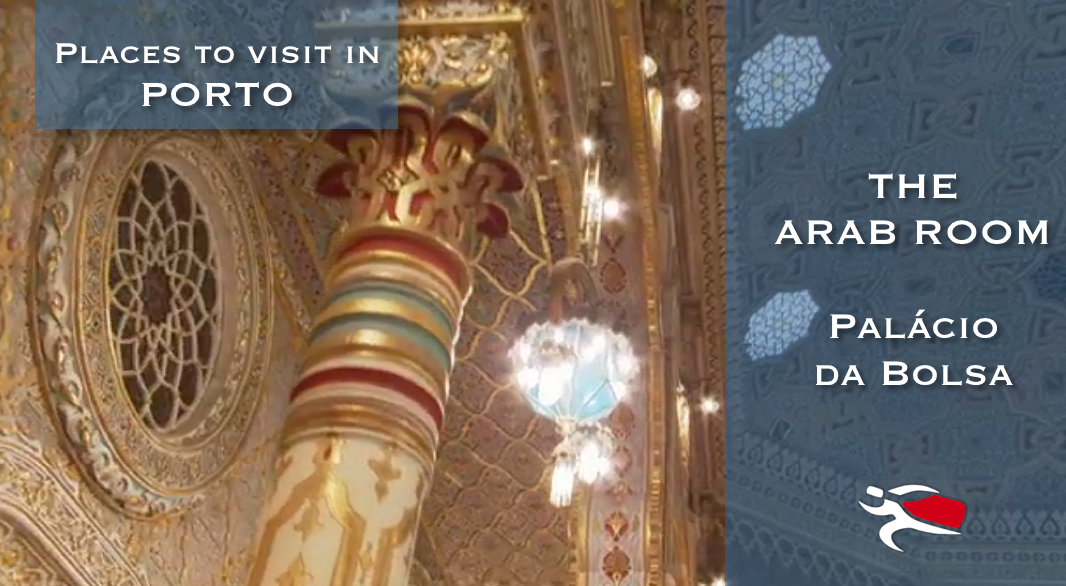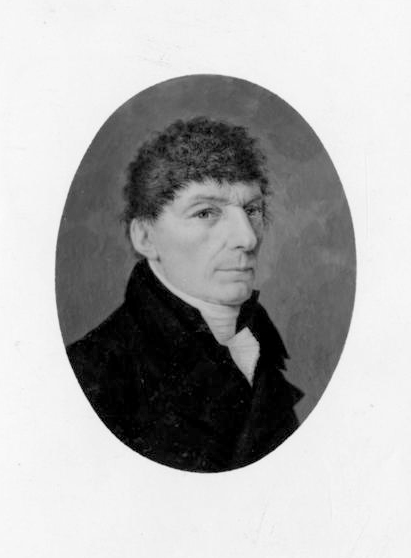|
Est.reading time: 7 min
Why was there never a royal palace in Porto?
This blog post provides you a virtual guided tour to the interiors of Palacio da Bolsa, which was never royal, despite its majestic appearance. In fact, this is somewhat odd for a second largest city of a country that was a monarchy for almost 8 centuries: there was never a royal palace built in Porto, by any of the Portuguese kings of any dynasty (...)
The reason for the above is simple: during the last - and wealthier - centuries in Porto, the Bourgeoisie was dominant, first the mercantile, later also the industrial. The king and its royal court have always been visitors to the city, spending merely a few days at a time. Nobles and their families' presence were not entirely well accepted while commerce-generated wealth provided the city with a certain degree of independence.
So many times throughout History, the merchants of Porto have jumped to the rescue, financially supporting the Royal Portuguese house. Never the opposite. The palace known as Palácio da Bolsa, headquarters of the Associação Comercial do Porto (ACP) is a symbol of economic dominance over politics and even religion here in the region. The palace looks like a non-religious temple, a pagan temple where mythology and many world classic architectural styles merge, together in a place that is meant to welcome business people and delegations from all over the world, even nowadays. There's a few reasons and surprising elements of interest that make us recommend a visit. The next video is just a humble sample: Present and future
There's a large number of special events, held inside the Palácio da Bolsa every year. All from technology, to special gala dinners, huge wine tasting events...!
Definitely a highlight.
The Arab room, though overwhelming and profusely decorated, was deliberately built in a non-geometric way, so that it wouldn't be 'perfect'. Only 'Allah' is supposed to be perfect, "perfection is a divine virtue and is not accessible to humans". We guess such an opulent room must have really gotten to the nerves of the highest religious ranks of the Catholic church of the mid-1800's...! In this 'non-religious temple', a room like this definitely had a double intent. It took over 18 years to decorate ...!
The interiors
Photos source: Daysaway.me
Before there was a Palace
After the 1828-34 civil war ended with the victory of the anticlerical Liberals (Porto was itself besieged for a whole year), the Portuguese Queen Maria II authorized the construction of a headquarters for the recently founded merchants' association, Associação Comercial do Porto (ACP) on a deeply symbolic location: the ruins of a Catholic monastery, burnt to the ground during the war. Businessmen would finally have a place to hold their meetings, other than the squares and streets of Porto.
"Rua Nova dos Ingleses", nowadays a street called Rua do Infante. This drawing by James Forrester depicts the meetings of merchants, out on the street, before the Palácio da Bolsa was built, just a few dozen meters away.
An old photo of Palácio da Bolsa, dating back to 1897 (Credits: Foto-Porto )
ACP'S importance and its leaders.
When speaking of an organization's importance and political influence, it's important to look at their leaders and their actions. In Porto, the presidents of the Associação Comercial often pursue a political career, stepping up to some of the highest places in local and regional administration. A quick glimpse at the former ACP presidents' list makes that very clear. Here's just two examples:
To the surprise of many: Eiffel's office?!
Gustave Eiffel and his business associate Theophile Seyrig - both engineers- spent years in Porto designing and building the -currently inactive- Maria Pia train bridge (1877) over the Douro River, as well as designing a second project, for a second bridge for pedestrians and horse drawn cars.
However, Eiffel and his business partner Seyrig went separate ways after the first project and the final design of the second bridge, which was to become the iconic Luís I Bridge (1888), is exclusively Seyrig's. In the public tender of 1881, the construction work was awarded to Seyrig's new employer company, the Belgian Société de Construction de Willebroek, for 402 'contos', a price far below the nearest competitor, Eiffel Constructions.
Eiffel's office with his original desk, where he did most of his work during his times in Porto. Photo: Daysaway.me
Regardless of that, Gustave Eiffel built more than 30 bridges and iron structures in Portugal alone, many more in other countries before he went back to Paris to work on two of his masterpieces: the Eiffel tower and the inner structure of the Statue of Liberty.
A fun fact.
Inside the Palacio da Bolsa's Court room where trade law suits were discussed, there is a large collection of paintings with loads of symbolism. Yet, one of the paintings stands out for a couple of reasons:
One - because of the people portrayed by Veloso Salgado (its author) - some of the most outstanding Portuguese artists, including painters, an architect, a sculptor. The second reason: these artists lived in different centuries - hence they never actually coexisted in the same time... or space :) Well... they coexist now! :) Visits to the building and other informations.
Visits to the building are possible all year round, with guided tours in several languages.
Entrance fee for 2019: 10.00 Eur. For updated information, please go the official website of Palácio da Bolsa.
Non-programmed stop on a Heart of Porto running tour: waiting for the green light just across the square from Palácio da Bolsa.
If you've found this blog post interesting, share it with your running friends!Comments are closed.
|
Autor/Author
Sérgio é o fundador da Porto Running Tours, corre regularmente desde 1999 e desde 2015 que guia visitas em corrida na Invicta enquanto revela algumas das suas mais fascinantes histórias. Categories
All
Archives
March 2024
PORTO RUNNING TOURSWe're passionate about running and passionate about Porto! REVIEWSWE'RE LISTED ONYour gateway to fun and unique running tours worldwide.
We practice sustainable tourism!
|
EMAIL: info(at)portorunningtours.com
MOBILE/WHATSAPP👆(tap to message)
+351 91 460 10 10
(English/Português)
9.00AM-5.00PM Local Time - Portugal - GMT+00
Porto Running Tours is a
locally owned micro-business,
providing authentic running experiences
in Porto since 2015
locally owned micro-business,
providing authentic running experiences
in Porto since 2015
customer love on-LINE >
Take their word for it:
We practice sustainable tourism. Book directly with us!
member of the worldwide community:
RUNNINGTOURS.NET
RUNNINGTOURS.NET
JOIN OUR COLLEAGUES
AROUND THE WORLD
FOR A RUNNING TOUR!
AROUND THE WORLD
FOR A RUNNING TOUR!
RNAAT nº1410/2017 TURISMO DE PORTUGAL
This website is mobile friendly,IOS and ANDROID! © COPYRIGHT PORTO RUNNING TOURS 2023.
TODOS OS DIREITOS RESERVADOS /ALL RIGHTS RESERVED.
TODOS OS DIREITOS RESERVADOS /ALL RIGHTS RESERVED.


















 RSS Feed
RSS Feed



